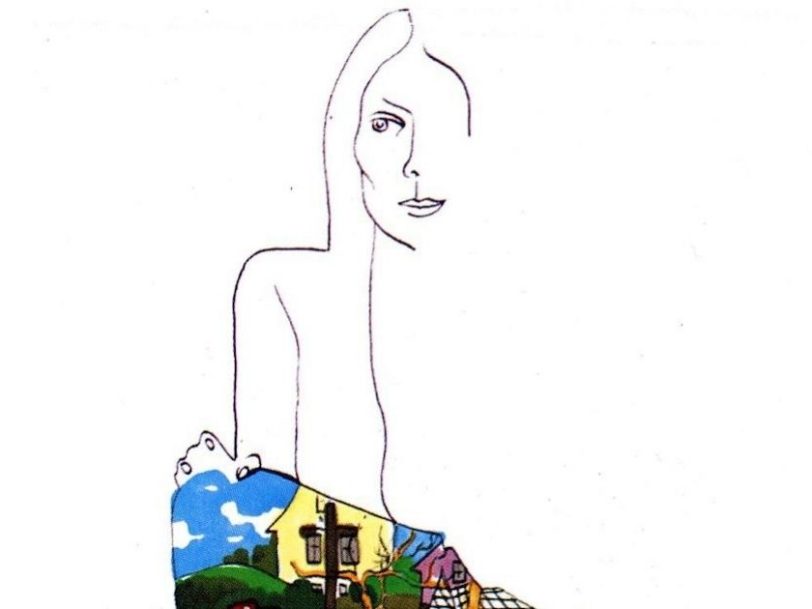Laurel Canyon, Los Angeles. The place of myth and mountains, faded Hollywood glamour and countercultural experimentation. Joni Mitchells third album, Ladies Of The Canyon, was a product of all these. Even though other of her records would sell more, this one, released in April 1970, feels like her commercial high point; featuring some of her most well-known songs, it offers an undeniable reflection of how Mitchell was living at the time.
Listen to ‘Ladies Of The Canyon’ here.
Joni had moved to 8217 Lookout Mountain Avenue, in Laurel Canyon, in 1969. It was somewhere close to nature, a haven from the business of music commerce; yet it wasn’t isolated, nor was it scruffy or unkempt. It was the perfect place for Mitchell to consolidate the successes of her first two albums, Song To A Seagull and Clouds, and use the financial security brought from the hits she had written for others.
“There was a freedom in the air,” said Graham Nash, Mitchell’s partner at the time, of Laurel Canyon. “There was a sharing of ideas and a true love for being in the right place at the right time.” Several musicians were making Laurel Canyon their home, and already Jackie DeShannon, The Mamas And The Papas and John Mayall had paid tribute to the area in their music. Crosby, Stills & Nash formed in Laurel Canyon – right in Joni Mitchell’s living room.
Seeding themes that would continue and intensify
While a very accessible album, Ladies Of The Canyon starts to take some steps towards Mitchell’s later and less straightforward work. It seeds themes that would continue and intensify in the best Joni Mitchell songs, with perhaps the strongest being the pervasive influence of commercialism and Mitchell’s desire to maintain integrity. For Free and, particularly, the biting The Arrangement deal with the seductions of fame and its trappings, almost as a way to keep artists drugged and docile. But such is Mitchell’s expansiveness, commercialism is not only about people, but place, as she sings of paved paradise on the album’s great hit, Big Yellow Taxi.




